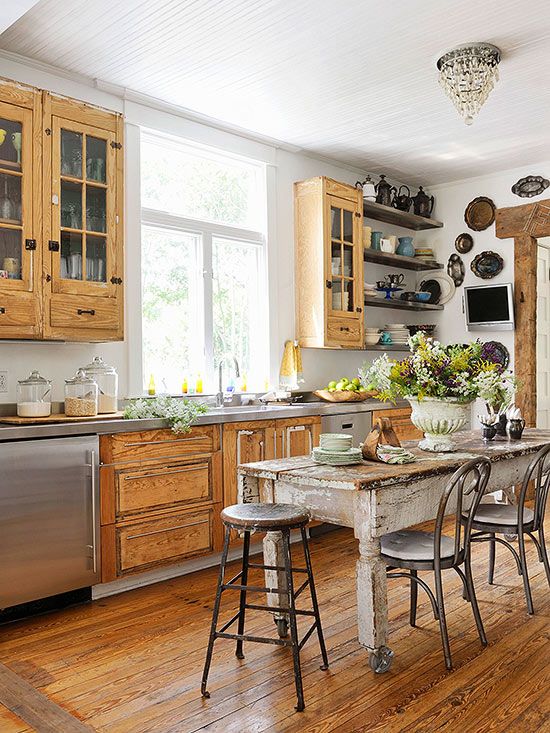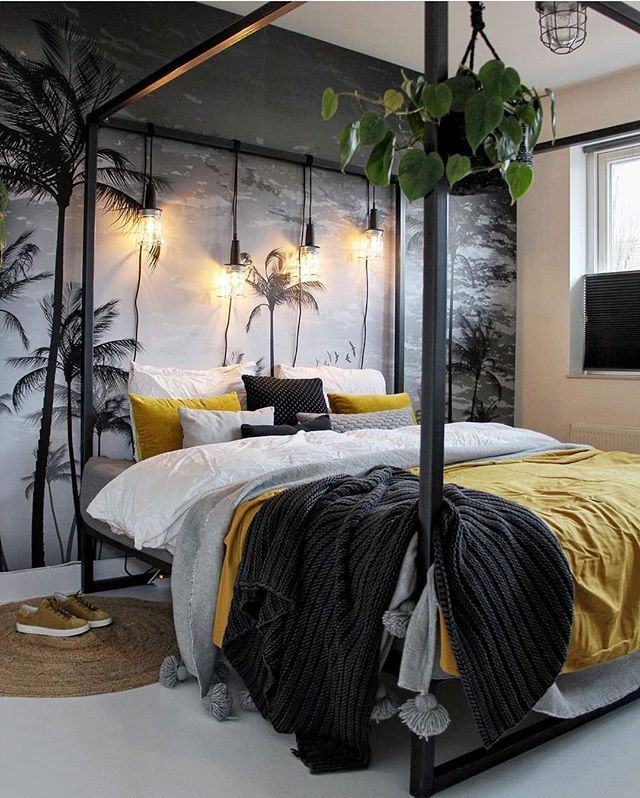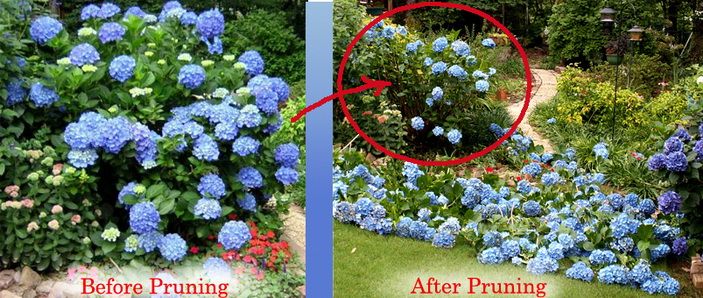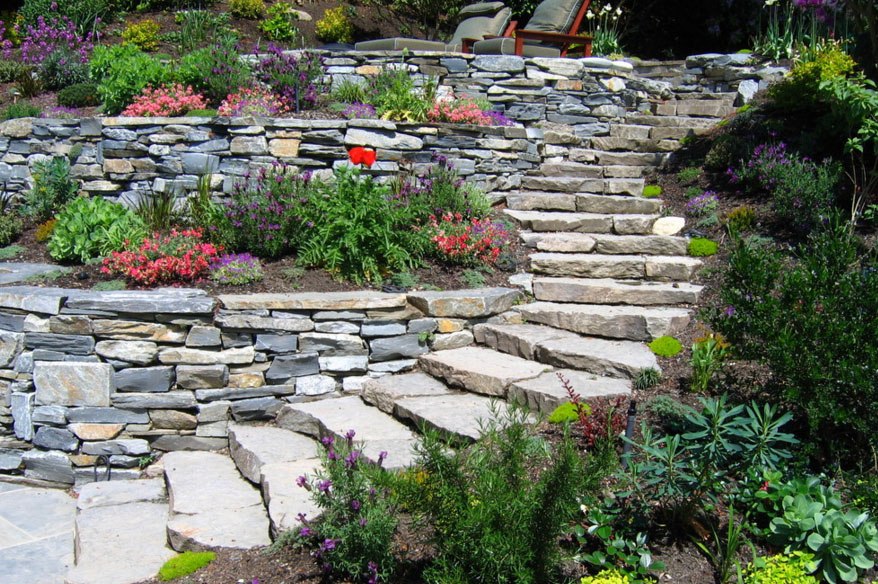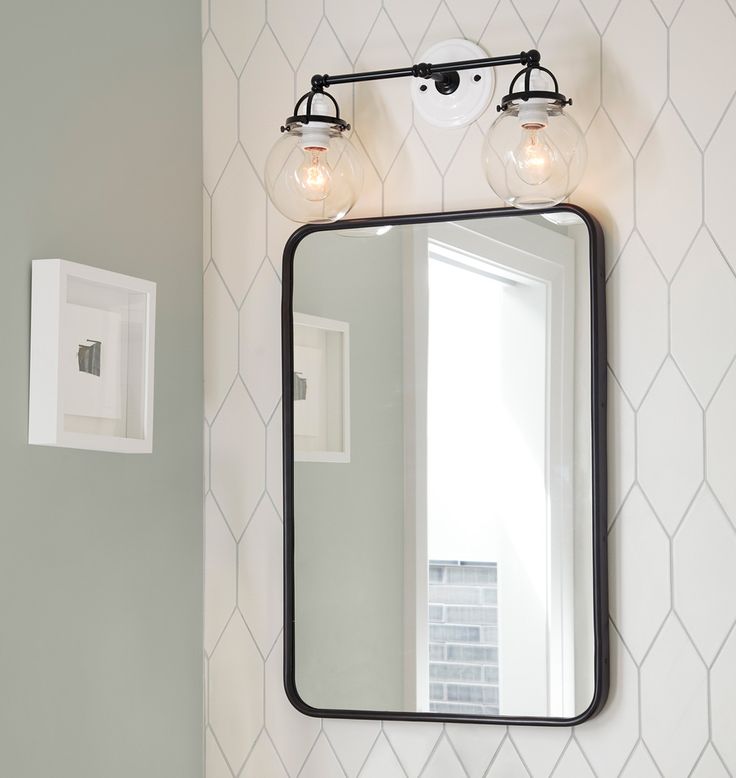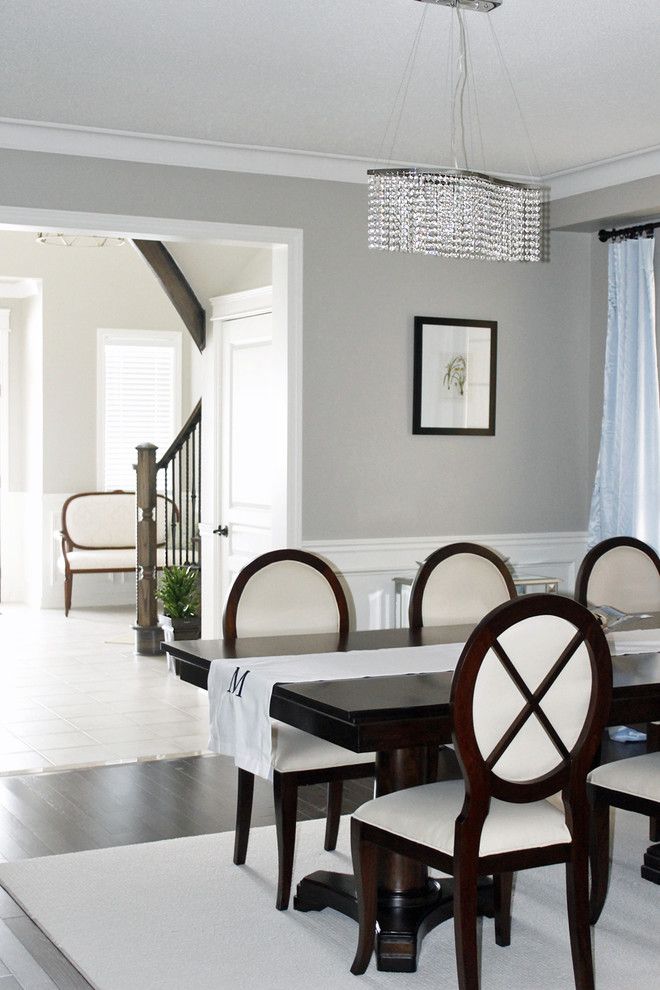Building a rockery
a step by step guide |
(Image credit: Peckover House and Garden, Cambridgeshire / National Trust Images)
Building a rockery – or rock garden, as they're also referred to – can give a flat garden structure, can make more of a sloping backyard, and can create a home for dry or Mediterranean-style gardens.
Rockeries are traditionally reserved for Alpine plants in Europe, but there really are no rules – your rockery can feature everything from traditional planting schemes to desert-loving, drought-tolerant succulents and cacti. The rock garden ideas – and the planting in particular – that you choose simply need to suit your zone's climate, and reflect the natural materials and stone found locally.
You can build a rockery yourself, and it's especially easy if you already have a sloped backyard. However, the slope, mound or hillock can be replicated with the delivery of extra soil and rocks. Here, we show you the basics of building a rockery, step by step.
How to build a rockery
To build a rockery, the basics that you will need include:
- Rubble – unused building rubble, such as old or damaged bricks will do.
- Landscape fabric to cover the rubble.
- Topsoil.
- Rocks of different sizes, from pea gravel to small, medium and large-sized rocks. You will need more than you think to create an effective display. Choose stone that reflects your local surroundings for the most natural look.
- Compost.
- Rockery plants.
1. Find the right site for your rockery
A rockery really can go anywhere in a backyard, but you do need to consider whether the conditions – shade, a south-facing spot, good or poor drainage, for instance – suit the planting that you have chosen for it. Planting that suits rock gardens includes traditional Alpine plants, which like lots of light, while desert plants, which also suit that dry garden approach, like good drainage, too.
Consider the surroundings of the site of your rockery, too – it needs to look as natural as possible to be convincing, though it will look more established over time.
With the location of the rockery decided, you can begin to work on its shape and size.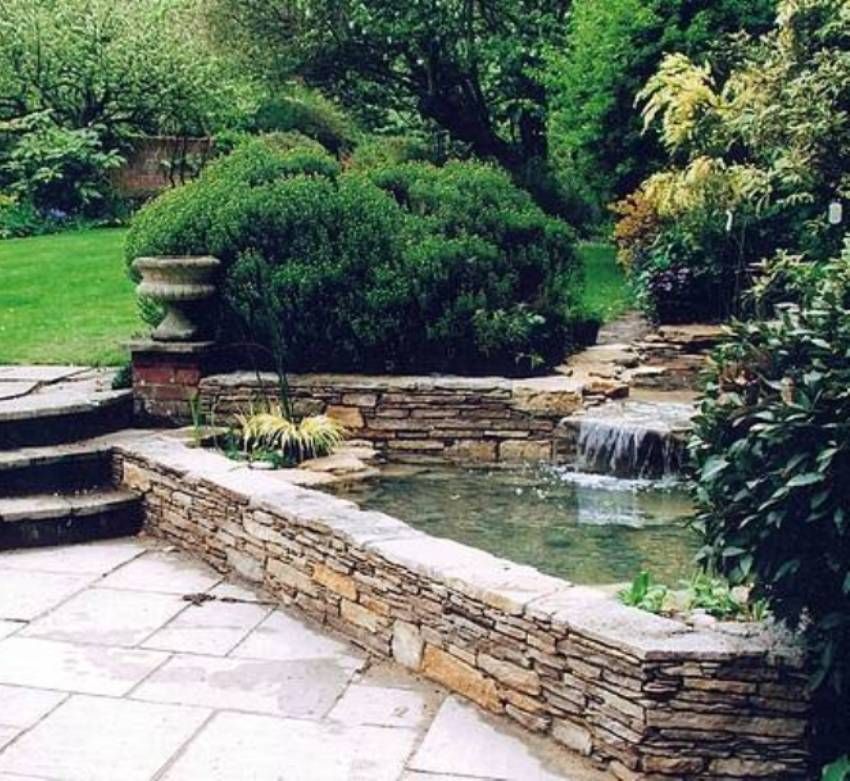 If you want it to look natural, you should work to an organic, irregular shape, though rockeries can be more formal, mimicking some of the design elements of Japanese gardens.
If you want it to look natural, you should work to an organic, irregular shape, though rockeries can be more formal, mimicking some of the design elements of Japanese gardens.
A rockery is perfect for an entire front yard – it's a low-maintenance way to garden and will always look neat with minimum work. For backyard landscaping, the key is to ensure your rockery looks like a natural part of the garden, and sometimes the best way to do this is to run a low wall around it in a local stone where it borders a lawn, for example.
Similarly, gravel, stones and rocks that suit your backyard's local surroundings will make your rockery look as integrated as possible, as will planting that's suited to the local climate.
Your rockery design will be very organic, but as you go, you will need to have in mind where plants will go so that you can leave space for planting pockets.
3. Prepare the site
The first step to building a rockery is to clear all weeds from the site. That done, you can begin to build your rockery structure with the first layer of rubble. There do need to be some gaps between the rocks to ensure the rockery has good drainage, otherwise it will become a hardened mound. That said, these gaps need to be no more than a finger's width or the structure won't be sound.
That done, you can begin to build your rockery structure with the first layer of rubble. There do need to be some gaps between the rocks to ensure the rockery has good drainage, otherwise it will become a hardened mound. That said, these gaps need to be no more than a finger's width or the structure won't be sound.
Once you are happy with the basic shape and size of the rockery's foundation, cover it entirely with landscape fabric – to prevent weeds from growing in future – weighing the fabric with small stones at the edge of the rockery until you pile on the first layer of rocks.
4. Begin to position the rocks
Lay the largest rocks first so that they create a sloped, natural look. Ensure the directions they face are random and that there is no pattern your eye can establish as 'regular'.
Next, add slightly smaller rocks, using them to wedge the larger rocks into a stable position. Continue to add rocks of various sizes until you are ready to add gravel, leaving space for planting pockets.
Ensure the edges of the landscaping fabric is disguised by rocks, gravel or a retaining wall.
5. Add topsoil
Once the large, medium-sized and smaller rocks are in position, add a 4-5in layer of topsoil to the rockery to create planting pockets. The soil may need to be deeper in places to help bed in and stabilize some of the rocks, too.
6. Plan out the planting
With the majority of the rocks and planting pockets in place on the rockery, you start to position your plants in pots, stepping back regularly to check you are happy with the arrangement, plant heights and juxtapositions.
Once you are happy, loosen the planting pockets a little, half-filling them with suitable compost. If you are putting in plants that like free-draining conditions, you may like to add horticultural grit to the mix, too.
Firm the plants down into the compost, fill around them, water and allow them to establish. Hide the soil beneath the plants foliage or with a handful or two of gravel or small rocks.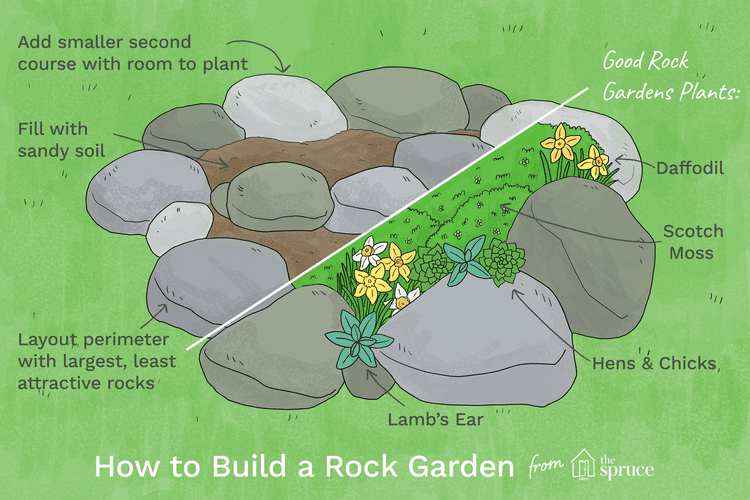
When is the best time to build a rockery
The best time to build a rockery is January/February, when the weather has been wet but the soil isn't frozen solid. You can, however, build a rockery at any time of year, but you will want to ensure that the soil is easy to dig into and move about.
Does a rockery need soil?
A rockery does need soil – but the amount you need and the soil mix you choose will really depend on the conditions the plants you are putting in prefer. For example, traditional rockery plants like well-draining soil, so you will find that mixing compost with grit and sand will create ideal conditions. Since, however, you are creating individual planting pockets within a rockery, though, rather than tackling an entire border, you can create disparate soil conditions that each separate plant thrives in.
As editor of Period Living, Britain's best-selling period homes magazine, Melanie loves the charm of older properties. I live in a rural village just outside the Cotswolds in England, so am lucky to be surrounded by beautiful homes and countryside, where I enjoy exploring.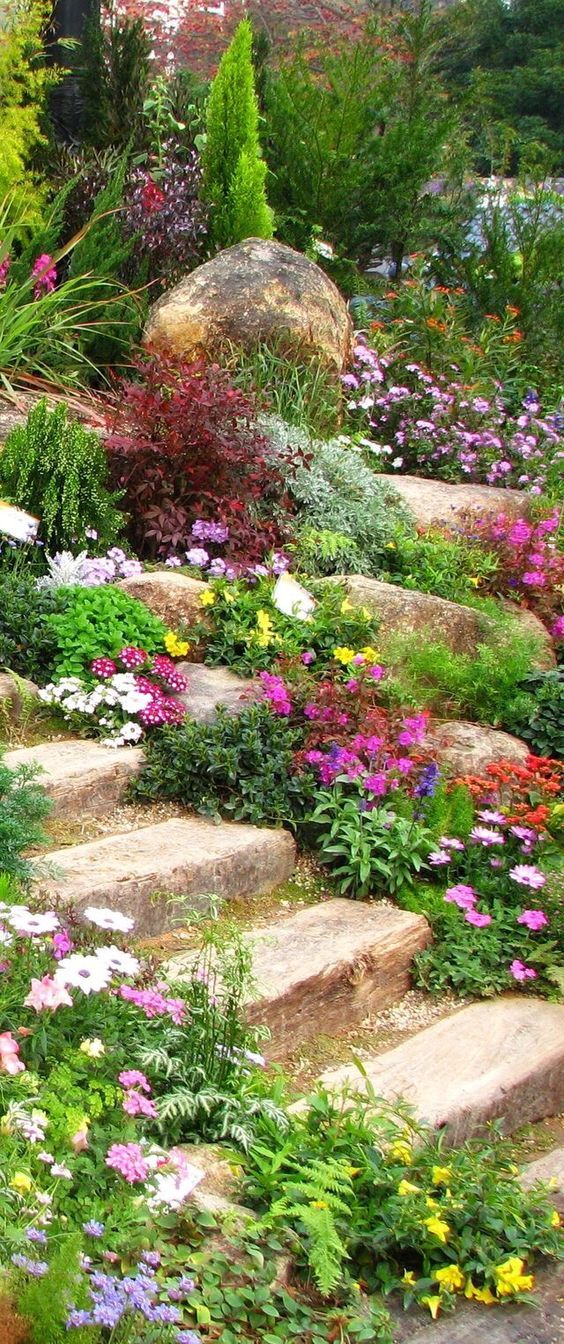 Having worked in the industry for almost two decades, Melanie is interested in all aspects of homes and gardens. Her previous roles include working on Real Homes and Homebuilding & Renovating, and she has also contributed to Gardening Etc. She has an English degree and has also studied interior design. Melanie frequently writes for Homes & Gardens about property restoration and gardening.
Having worked in the industry for almost two decades, Melanie is interested in all aspects of homes and gardens. Her previous roles include working on Real Homes and Homebuilding & Renovating, and she has also contributed to Gardening Etc. She has an English degree and has also studied interior design. Melanie frequently writes for Homes & Gardens about property restoration and gardening.
How to build a rockery
Build a rockery in your garden with this simple guide and find out how to structure your rockery, prevent weeds and place your alpine plants.
By Rachael Funnell
11th April 2016
Link copied to clipboard
Shutterstock
Build a rockery to add structure and interest to your garden, as well as to recycle unwanted bricks, tiles and paving slabs. Find out how with our quick and simple guide.
Build a rockery to create a beautiful feature in your garden and provide a specialist environment perfect for alpine plants.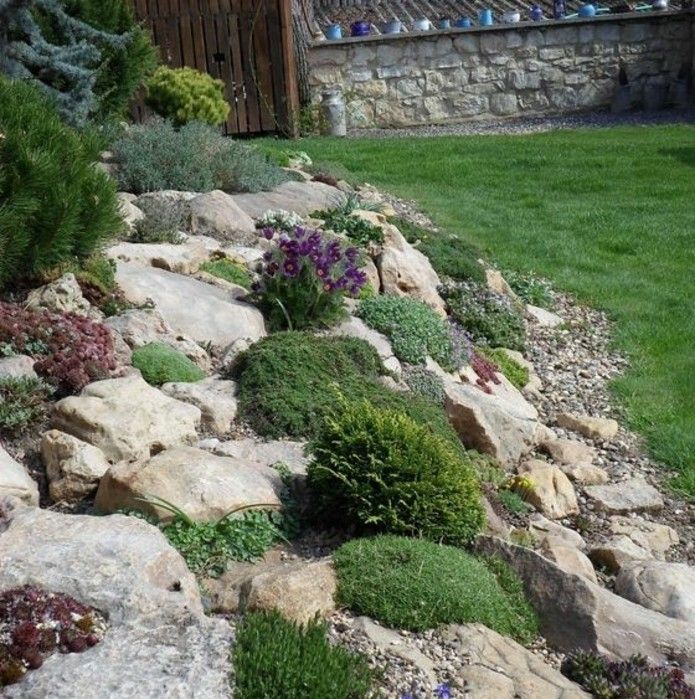 Alpines grow best on mountainous slopes where there’s plenty of light and good drainage. By creating a rockery you can replicate these conditions in your own garden.
Alpines grow best on mountainous slopes where there’s plenty of light and good drainage. By creating a rockery you can replicate these conditions in your own garden.
A rockery garden can be as big or small as you like so whether your garden is a cosy space or vast patch of land, this guide is suitable for all garden types.
As time goes by, rockeries continue to grow and change, looking more and more natural. Take a little time to perfect your rockery now to enjoy this unique garden feature year after year.
Build a rockery in 7 simple steps:
Find the perfect location:Before you build a rockery, it’s important to find the perfect location for your plants to thrive. Alpine plants require maximum light exposure, so when placing your rockery, make sure it’s away from trees and shrubs which cast shadows throughout the day.
Choose suitable rocks:Local rocks are the best bet for your rockery as they will look the most natural.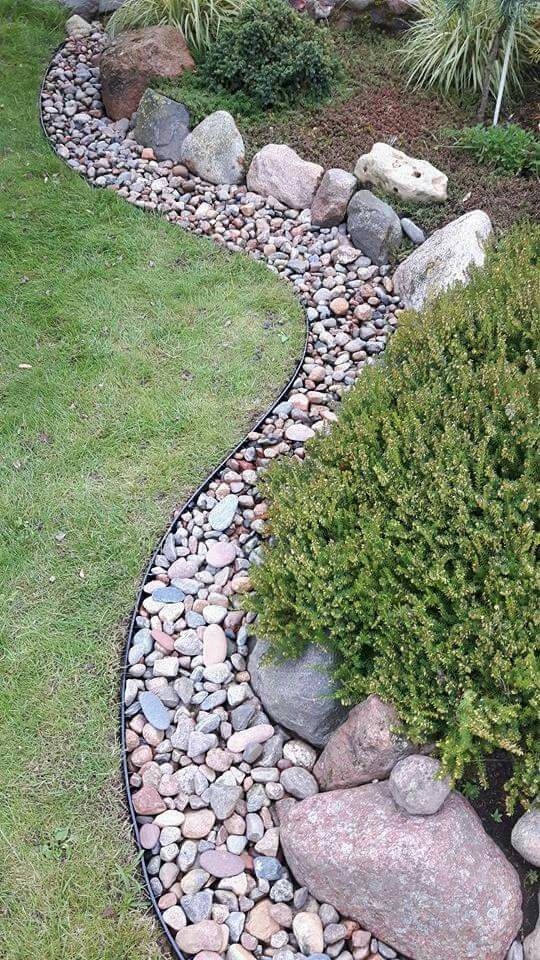 They can often be sourced from a reclamation yard so look online to find one that’s local to you.
They can often be sourced from a reclamation yard so look online to find one that’s local to you.
If you’re not so concerned with aesthetic then rockeries can be a great way to disguise old broken bricks, tiles and paving slabs.
Time it well:Late winter’s the best time to build a rockery because the ground is often damp and soft, making it easier to shift the soil and place the rocks. It also gives the soil time to settle before adding the plants in spring.
You can, however, build a rockery at any time of year: aim for a few days after some heavy rainfall so the soil is easier to manipulate.
Prepare the site:Before you build a rockery, it’s important to remove any existing weeds from the site because they can destabilise the structure as time goes by. Read our top tips for removing and controlling garden weeds here.
Once the ground is clear, lay a stabilising layer of rubble which will improve drainage and support the rocks.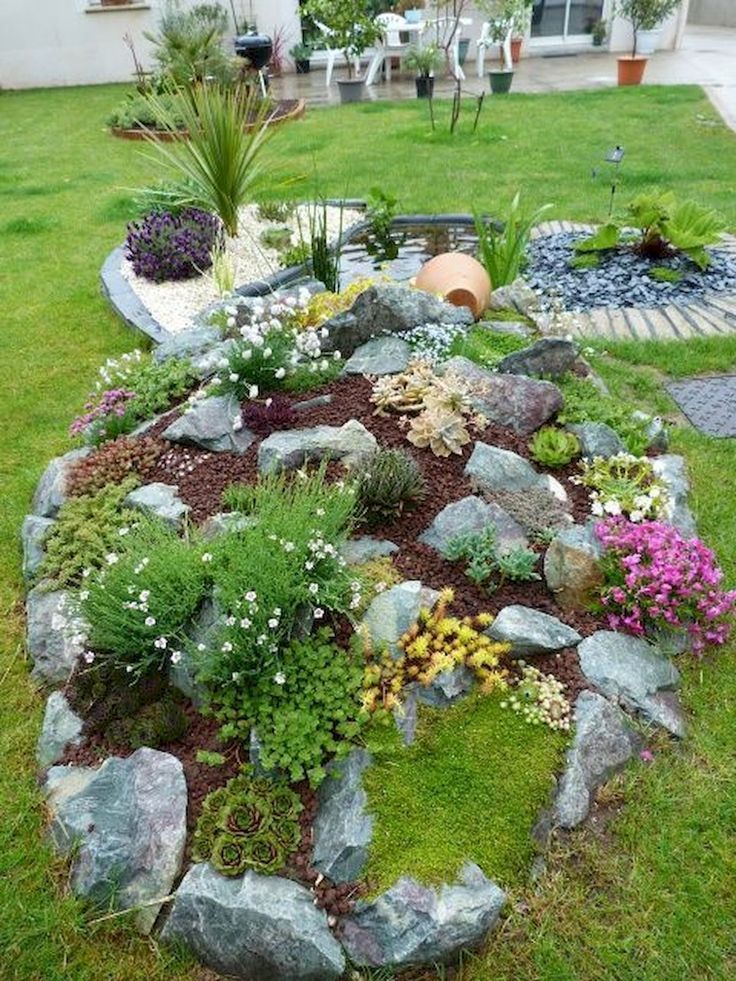 Next, cover it with landscape fabric to prevent future weeds from growing through and to keep soil in place.
Next, cover it with landscape fabric to prevent future weeds from growing through and to keep soil in place.
Shutterstock
Place the rocks:Begin with the largest rocks and place them so that they build to a peak, like a mountain. Face the rocks in a variety of directions to achieve a variety of microclimates.
The large rocks can be stabilised with smaller rocks, set by adding a layer of weed-free topsoil. While you can sieve you own soil for this purpose, remember that small weed seeds won’t be removed. If weed control is a pet peeve of yours, then bagged topsoil is the best solution.
Once you’ve placed all the larger rocks it’s time to build up the shape. Use small rocks and continue to layer with topsoil as you go. Then, arrange the smallest rocks in a horseshoe shape. This creates planting pockets which will later contain compost for encouraging plant growth.
Make compost:The perfect alpine compost should consist of equal quantities weed-free topsoil, leaf mould and horticultural grit.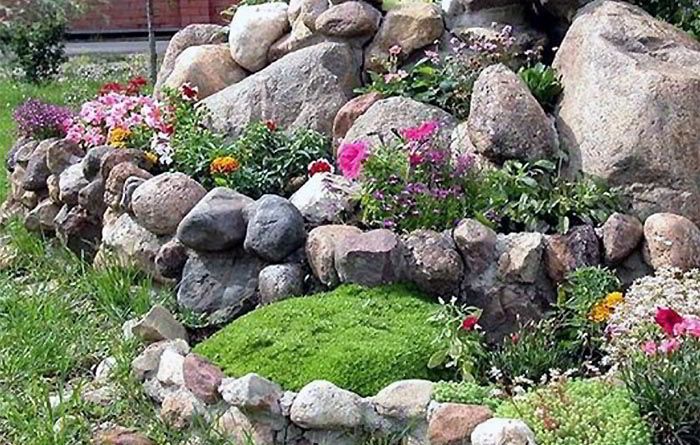 Use it to fill the planting pockets to create a bed for your desired plants. You can substitute leaf mould with shop-bought coir.
Use it to fill the planting pockets to create a bed for your desired plants. You can substitute leaf mould with shop-bought coir.
Spring’s the perfect time to fill your rockery with plants that have an entire season to settle in before winter. Where you place the plants depends on their specific needs but, generally speaking, for English gardens, those which thrive in cooler conditions should face north. Sun-loving plants are better off facing south.
Once you’ve worked out the placement, gently tease out roots and place them in the planting pockets. Take care to firm the compost mixture over the roots and finish with a handful of grit or gravel to improve the drainage and ward off future weed attacks.
Find some quick tips on how to encourage more wildlife to your garden here.
Don’t forget to sign up for our monthly The English Gardener newsletter, bringing you all the grow your own advice you need throughout the year. Sign up on the right of this article.
Sign up on the right of this article.
Do-it-yourself rockery - step by step instructions - stones, plants, flowers, planting patterns and rockeries in the country - rocky hill + photo
Creating something extraordinary in landscape design is difficult stop in place. Even those summer residents who seem to have everything on the site already there: both the lawn is sown, and the hedge is planted, and the mixborder in front of the house broken, I want something creative. Among the simple ideas with which you can quickly transform the garden - make a rockery with your own hands. At the dacha an island of greenery, framed by natural stone, will enliven the design of the site. nine0003
Do-it-yourself rockery
Rockery or rock garden - differences and features
People consciously began to surround themselves with rocky gardens a lot centuries ago. One of the oldest examples in landscape architecture you can call a flower garden, broken among stones, small trees and shrubs. If such an element of garden design was placed on an artificially created slope or a small hill, then it was called a rock garden. On a level, without hills, a flat area - rockeries. nine0003
If such an element of garden design was placed on an artificially created slope or a small hill, then it was called a rock garden. On a level, without hills, a flat area - rockeries. nine0003
If we compare rockeries with an alpine slide, then of course the creation of the latter requires great efforts from summer residents, time and money costs. Under the alpine slide, you need to lay a special, deep drainage, install a lot of stones (large specimens of which cost decent amounts) and select plants carefully. Whereas for a do-it-yourself rockery device, which remains decorative throughout the year, it only needs the right drawn up plan and choice of material (location of small pebbles for backfilling and large boulders - is of fundamental importance). Drainage as such required, and stone rocks need two to three times less. nine0003
But the most important advantage of rockeries is the plants. In him it is not necessary to cultivate alpine, as in an alpine hill. In rockeries allowed to actively use the usual species that the owners of the garden would like see in your area.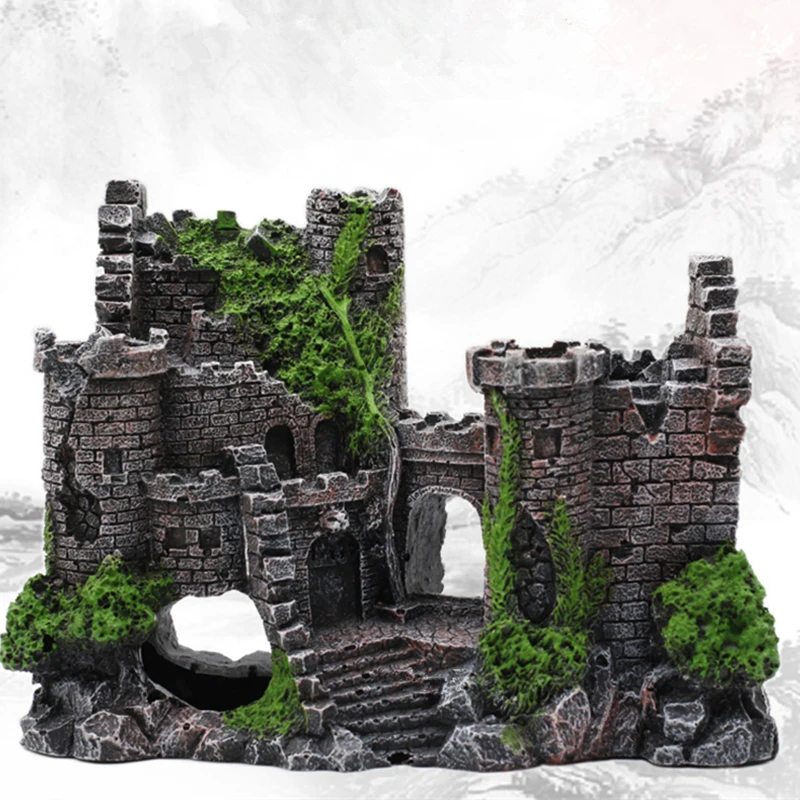
Do-it-yourself rockery in the country - step by step instructions absolutely any area with flat, but heterogeneous soil (small mounds and drops are an ideal basis for creating a decorative composition). It is better if it is an open, well-lit area. nine0003
Flat rockeries can be used to decorate such difficult places in the garden, such as the blind areas of buildings or the boundaries of garden areas. Through rockeries often strengthen the corners of footpaths, arrange cozy areas rest or decorate the entrance to the house. The main thing is that the flower garden itself corresponds to the general style of the garden and in harmony with the surroundings.
If you are a beginner and have some difficulty with your work in the garden - do not complicate your life and build the simplest mini rockery from conifers. It is very easy to do this. It is enough to lay in a picturesque form several small stones and land between them, for example, Carpathian bluebell, alpine aster and crocuses.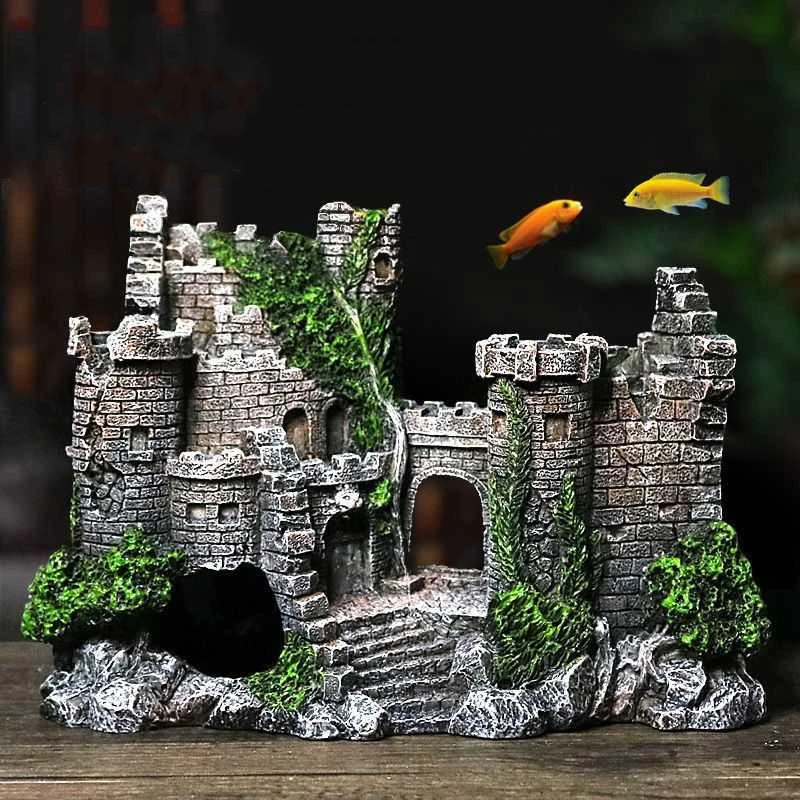 But if you are a sophisticated gardener and compositions "a la beautiful rockery with three pebbles" will no longer surprise you, then, go ahead and build complex, terraced rockeries on your site with retaining stone walls, with living cascades and ponds. nine0003
But if you are a sophisticated gardener and compositions "a la beautiful rockery with three pebbles" will no longer surprise you, then, go ahead and build complex, terraced rockeries on your site with retaining stone walls, with living cascades and ponds. nine0003
There are different types of rockeries in landscape design. But all the so-called "walls", "mountain streams" and "ravines" are varieties of two main types: terraced and planar rockeries.
How to make a flat rockery in the garden
10 sq. m. is enough to reflect everything variety of forms and beauty of plants, and form a spectacular rockery without special costs.
Where to start?
Of course, with the right foundation. For this on plot, you need to outline the outlines of the future rocky flower garden through ropes and peg. Do not make rockeries too symmetrical. Better arrange it in a "natural" style. nine0003
Having decided on the general design touches, you can proceed to remove the sod - the top layer of soil.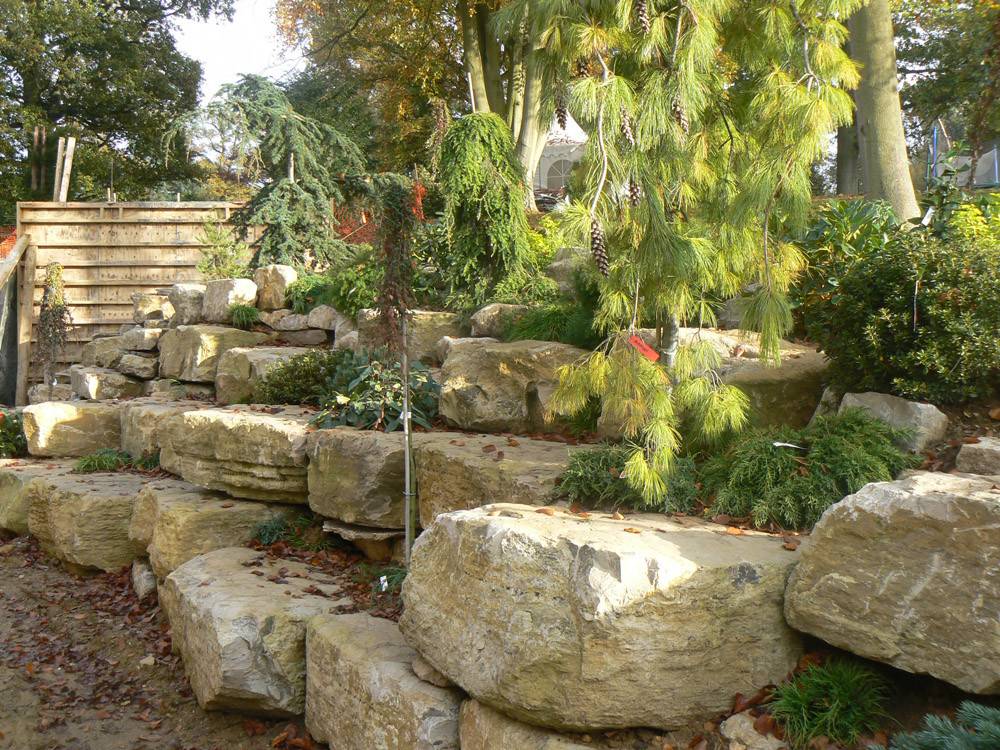 The turf is cut with a bayonet shovel on a depth of about 20 cm. After that, weeds are removed from the soil and, if this necessary, cultivate the land with herbicides. In the resulting recess is done drainage for rockeries - the bottom of the pit is filled with rubble, broken brick or chipped concrete.
The turf is cut with a bayonet shovel on a depth of about 20 cm. After that, weeds are removed from the soil and, if this necessary, cultivate the land with herbicides. In the resulting recess is done drainage for rockeries - the bottom of the pit is filled with rubble, broken brick or chipped concrete.
Drainage can be dispensed with if the rockery is placed on hills. In this case, the water after the showers will leave the soil instantly. If no, then form the base of the rockery from gravel, crushed stone or construction debris - constant stagnation of water can lead to washing out of the soil, subsidence of the flower garden and death of plants. nine0003
Are shrews and moles in your garden? Then on stage of the formation of drainage, cover the base with a metal fine-mesh mesh and cover it with a layer of coarse-grained river sand (about 5 cm).
It's time to fill in the soil. Its composition depends primarily turn, from the rockeries you plan to plant. Optimal if into the composition of the fertile (but not too much, otherwise the rockery will be very quickly grow) soil will include: a layer of meadow (forest land), which is always can be replaced with black soil, garden compost, a layer of black alkhovsky peat and loam layer.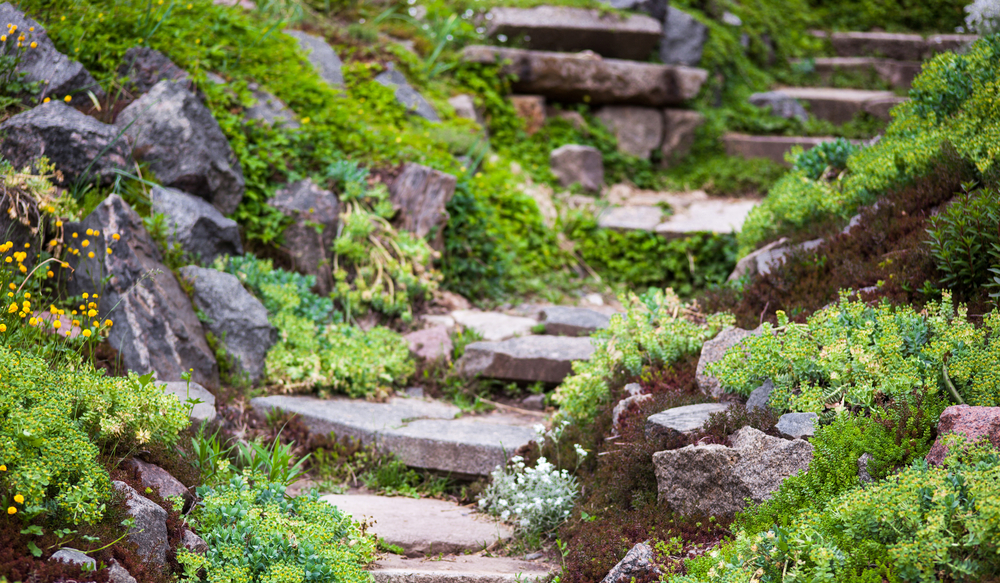 nine0003
nine0003
Ideally, the freshly poured soil should be allowed to settle. To this, with daily watering, it will take at least 2 weeks.
Stones for flat rockery
The basic element of rockery is stone. It is important not to let so that the plants, growing over time, completely cover the stones and visually displaced them from the composition.
To build a flat rock garden, you will need huge boulders, and small stones of soft, modest tones for backfilling. To the flower garden turned out as natural as possible, it is better to give preference relief, rough boulders. But if, for example, you arrange rockeries on the shore stream, then you can’t do without smooth, polished specimens. nine0003
In order for the composition to be whole and complete, the stones must be laid in one layer, trying not to combine the types of angular shape with round boulders. Most suitable for single-layer masonry fragments of dense tuffs, granites, limestones and, of course, sandstones.
Sometimes the whole rockery can be built against the background of one the only large textured stone. In this case, the remaining stones and plants only emphasize the impressive beauty of the soloist, nothing more. nine0003
The worst thing is if the stones "creep" or settle. It will not happen if during the laying of stones, place a "cushion" of gravel under each of them and sand. You need to bury stones in the ground halfway, at a small angle, leaving space for planting. So that between soil and stones there is no air pockets formed, you need to add more under the base of the boulders rubble and tamp well. Small stones, for strength, are sometimes held together each other with a special solution. nine0003
Remember! Rockery should not consist of a chaotic pile cobblestones and resemble a quarry.
Do-it-yourself rockery at the dacha
Material prepared for the site www.moydomik.net
Plants for flat rockeries
For a small rockery, 10-15 different types will be enough coniferous, deciduous and ground cover plants. Widely used in stone gardens and flowering herbaceous perennials, bulbous, ferns and cereals.
Widely used in stone gardens and flowering herbaceous perennials, bulbous, ferns and cereals.
It is better to choose green dominants in rockeries coniferous with an original crown shape or compact deciduous shrubs, which decorate flowers or fruits until frost. nine0003
For the installation of coniferous rockeries, short ones are well suited junipers, thujas of a spherical shape, as well as dwarf mountain pines and spruces nested form. The most suitable time for planting conifers is autumn or early spring.
Among deciduous and flowering shrubs, appropriate in rockeries look like spireas, boxwoods, barberries, cotoneasters, azaleas and roses.
Smooth out the edges of a flat rocky area, creating smooth transition to the territory of the garden, ground cover perennials: young, thyme, quarry, stonecrop, tenacious, creeping speedwell, yaskolok, carnation, hare cabbage, cat's foot, periwinkle and many others. nine0003
When planting perennials between stones, leave a little free space - over time, the plants will grow and close the voids. In the meantime, this has not happened, you can decorate bare places with crushed stone or colored decorative patch.
In the meantime, this has not happened, you can decorate bare places with crushed stone or colored decorative patch.
There are no special restrictions on plants. Just when the choice of species must, first of all, be based on the place in which it is planned break rockery. If the composition is framed in the form of a small stream, which cascades into a small pond, then moisture-loving species can be plant along the water channel, and place the rest of the drought-resistant plants in dry areas between rocks. nine0003
Plan of flat rockery on the site:
Plan of flat rockery
- Dicentra
- Catchment
- Adonis leathery
- Finest feather grass
- Yarrow hybrid
- Golden immortelle
- Coleus
- Austrian Veronica
- Sansiveria
- Heather
- Calamus grass
- Eschscholzia California
- Forget-me-not
- Begonia always blooming
- Yarrow felt
- Soft verbena
- Gazania hybrid
- Heather red
- Alpine carnation
- Dicentra hybrid
- Immortelle bracts
- Bell dark
- Veronica oak
Tip: It is recommended to plant bulbs in a rocky garden in special baskets (one can place 20 flowers at once).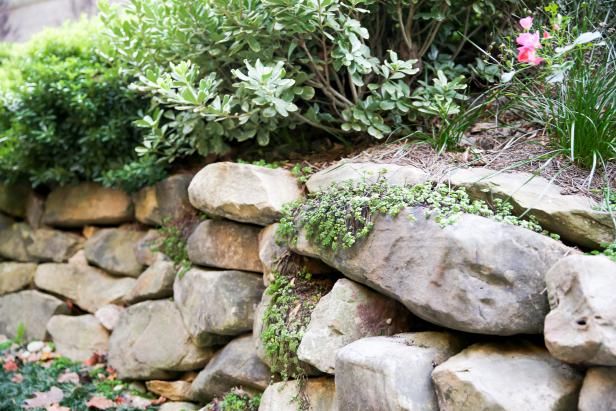 Scylla, tulips, crocuses, muscari, blueberries and colchicum tend to "creep away" and grow rapidly into the soil. nine0003
Scylla, tulips, crocuses, muscari, blueberries and colchicum tend to "creep away" and grow rapidly into the soil. nine0003
How to make a terraced rockery
Does your site have a natural slope? Then it costs you nothing turn it into a spectacular decoration of the backyard territory by organizing him a rocker.
Terraced rockery
Terraced rockery has much in common with an alpine slide. But rockeries are usually located on a natural terrain (plane or terrace), without additional soil embankments. Whereas rock gardens are artificial imitation of a mountain landscape. nine0003
When constructing terrace rockeries, it is recommended to use only roughly processed mountain stones of the same breed. stone foundation laid on a hilly slope, leaving gaps between the boulders for plants. The system of retaining stone walls of various shapes, heights and lengths is there are "terraces" of rockeries.
Laying rockery stones spread evenly over all planes. For example, if you plant flowering bush from the edge of the lower terrace, be sure to plant a similar one and with the other side. But at the same time, make sure that the plants planted below do not closed plant elements on the upper planes. nine0003
But at the same time, make sure that the plants planted below do not closed plant elements on the upper planes. nine0003
Organizing rockeries in the garden, parts of which are located on different heights, you have the opportunity to experiment with textures, volumes and chiaroscuro. It is already difficult to call such a composition just a flower bed with mountain stones, it is already perceived as an architectural element.
Scheme of a simple terraced rockery
The area of the rockery on the scheme is 35 sq.m. Terrace height: lower - 60 cm, upper - 30 cm.
Among the popular species, also often found in the garden rockeries such as "cliff" and "gorge". And in more complex landscape designs designers often include small bodies of water and streams. nine0003
nine0003
Rockery - photo of beautiful design schemes
Rockery in the yardOriginal rockeryBeautiful rockery on the site Choosing a place for the device rockeries
Having arranged a spectacular rockery with your own hands, you will transform a boring house adjoining territory. The combination of natural stones, flowers and ornamental plants will make the familiar country look bright and unique. Building a rockery is a creative and exciting process. An interesting rocky landscape can be created even on a flat area. The main thing is that the plants take root, and all elements of the decorative composition are in harmony with each other.
Choosing a place for a rockery device
A composition of stones and plants can be created in almost any zone of the site free from trees and shrubs, since large green spaces are not used in the design:
- do not place rockeries near the house; during a thaw, layers of melting snow or ice blocks that have fallen off the roof can damage the composition;
- it does not matter if the rocky garden is located next to the fence, the landscape can be ennobled with climbing plants or a bush wall; nine0084
- it is desirable that rockeries open from anywhere in the garden and harmonize with the landscape, spectacular flower beds are arranged near decorative ponds, streams, fountains;
- on a large territory, a rocky garden is located near the recreation area.
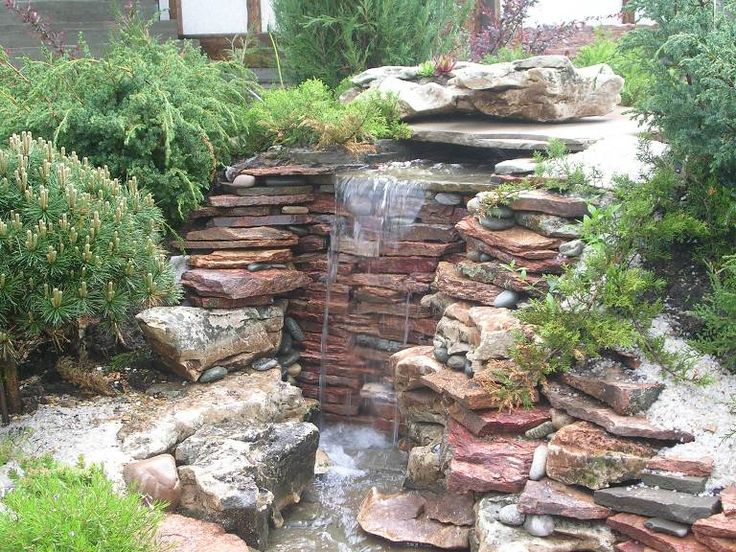
Natural relief differences can be skillfully beaten, but even on completely flat ground, a flower garden will be spectacular and charming if you put a piece of your soul into its creation and pay special attention to the choice of plants. If part of the site is located in the shade, use plants that do not need much sunlight. nine0003
Installing stones and planting plants
Instructions for the construction of rockeries prescribes to create a plan for the future flower garden and mark the territory of the site. Preparing a site for planting plants:
- We remove the sod (10-15 cm) to ensure the rehabilitation of the site.
- Uproot weeds and roots.
- We cover the soil with geotextiles to reduce the growth of weeds;
- We fall asleep fine gravel or brick chips, create an original mosaic background. Pour sand on top and tamp down (see do-it-yourself rockery step-by-step photo). nine0084
Rockery with their own hands.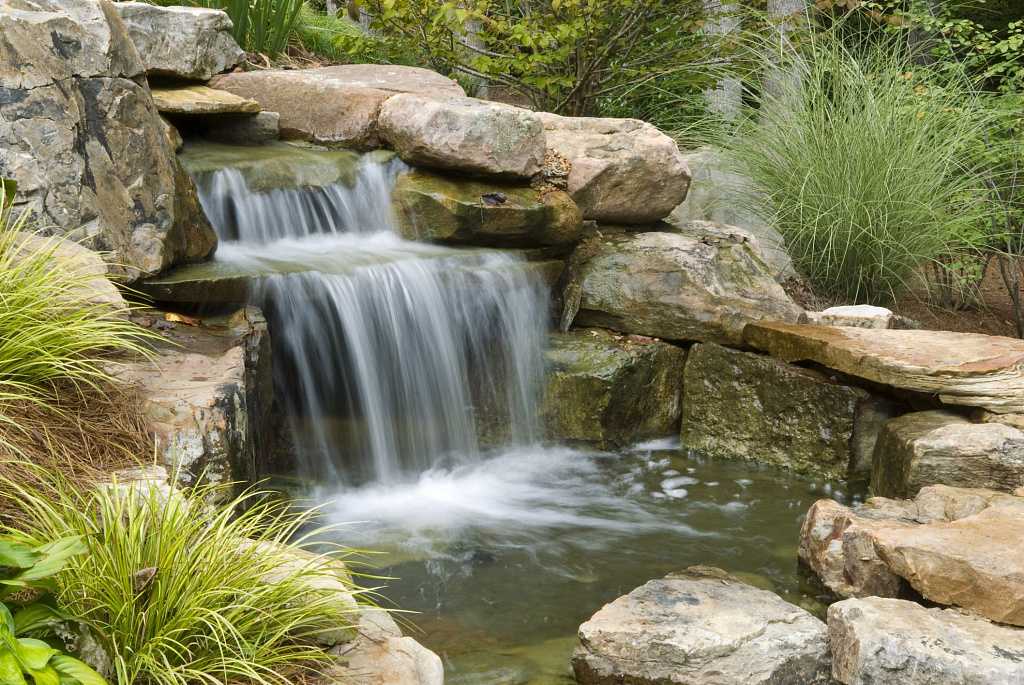 Photo
Photo
Plants for rockeries are planted among natural stones and boulders. Spectacular stones of various sizes are selected, but of the same breed, and are installed in specially dug recesses. Anchored with gravel and soil. The center of the composition is arranged from large boulders and the most beautiful natural stones. To create a rockery with your own hands, plants up to half a meter high are used, which will take root well on the site. They are selected so that the garden retains its beauty from spring to late autumn. First, large plants are planted, flowers and herbs are planted to them. Ground covers are sown at the very end. After planting the plants, decorative gravel and small pebbles are laid out on the site. nine0003
DIY rockeries photo
Rockery styles
In world landscape design, there are a variety of style solutions for creating rockeries:
The Japanese style is characterized by an abundance of stones combined with a small amount of bright flowers and ornamental plants.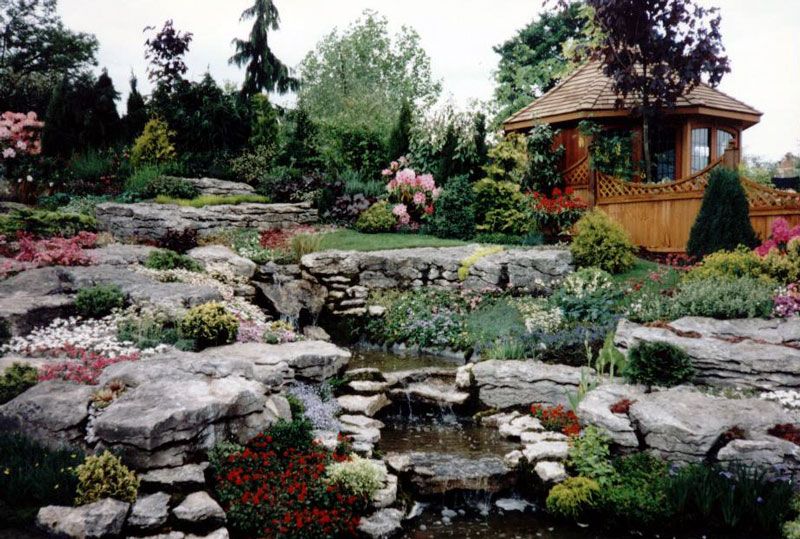 Granite is a popular stone. This style reveals the beauty of wild stone. The exotic landscape is soothing. It is extremely important to create a harmonious composition. Potted plants, Buddhist sculptures, tea tables, cages with songbirds are appropriate here. Backlight is used. The designer must have a refined taste and feel the style. Relaxation is felt in the Japanese garden, here you can do meditation nine0003
Granite is a popular stone. This style reveals the beauty of wild stone. The exotic landscape is soothing. It is extremely important to create a harmonious composition. Potted plants, Buddhist sculptures, tea tables, cages with songbirds are appropriate here. Backlight is used. The designer must have a refined taste and feel the style. Relaxation is felt in the Japanese garden, here you can do meditation nine0003
English Style is a coniferous evergreen favorite of the conservative Brits that will delight you and your descendants. Cereals, decorative wormwood, flowers, deciduous plants are used. It turns out a classic English landscape.
European style . It uses plants adapted to the weather conditions of the middle lane. Unpretentious wild flowers replace each other. Plant flowering perennials, small shrubs with bright foliage. Create such a rockery with your own hands in the country. You do not have to painstakingly take care of the care of the rocky garden.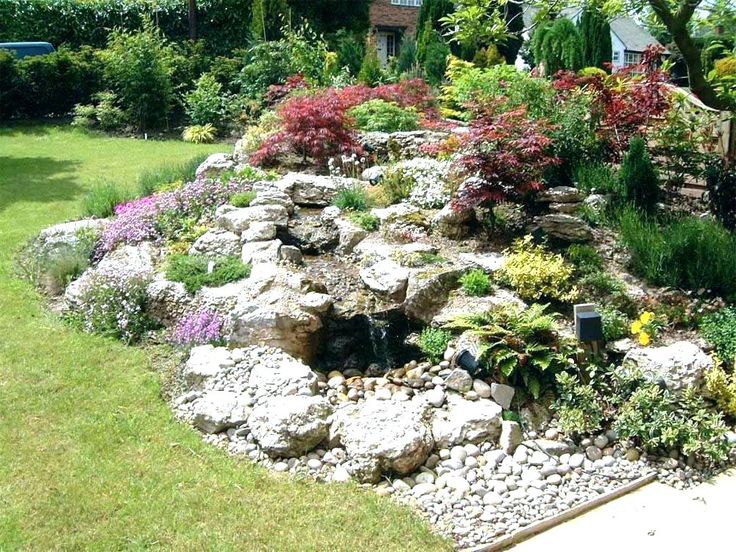 nine0003
nine0003
Alpine Hill are bulbous and coniferous plants that live in the mountainous regions of France, Switzerland, Italy. Artificial waterfalls and springs are used as decorative elements.
There are other equally interesting styles of rockeries. But the principle of creation is the same for everyone.
Types of rockeries:
You can create temporary rockery with your own hands. It is easy to arrange on a flat area or on a slight slope. In the middle lane, seedlings of low shrubs take root well. When developing a planting scheme, take into account the size of an adult bush with a lush crown. While the plants are small, make a temporary backfill and place small stones. When the shrub has grown, remove old stones and lay large, showy boulders. nine0003
For the device of a stable flower garden large stones and boulders are needed. Small beautiful pebbles that can be effectively grouped will come in handy. Plants are planted in zones separated by stones. This will restrain uncontrolled growth and not destroy the created composition. It is easy to care for ha conifers, barberry, cinquefoil, spirea.
Plants are planted in zones separated by stones. This will restrain uncontrolled growth and not destroy the created composition. It is easy to care for ha conifers, barberry, cinquefoil, spirea.
Changeable rockeries are best arranged in a small area. The basis of the composition will be large showy plants. Every year, new flowers and ornamental grasses can be planted to them. nine0003
Errors in the construction of rockeries
A rocky garden will not look impressive and harmonious:
- if an unfortunate place is chosen for its device, for example, near a fence that you forgot to decorate with climbing plants;
- if the design uses elements that do not fit with each other and the surrounding landscape, the miniature garden will be lost on a large plot;
- if boulders and stones are randomly scattered around the territory. nine0084
- create a central composition;
- figure out where to place each of the large boulders, how to group small pebbles so that the overall picture is pleasing to the eye;
- do not build artificial borders.
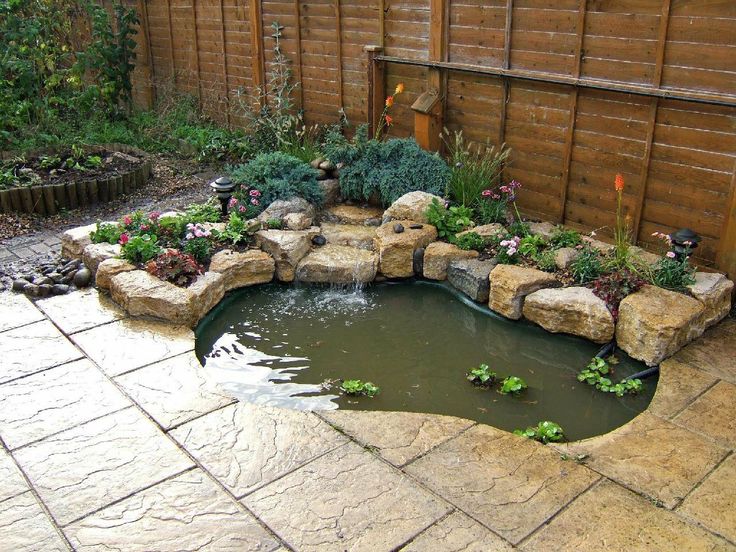
Plants that are used in rockeries:
- miniature conifers: dwarf cypress, undersized juniper, globular thuja, dwarf spruce and pine; nine0083 undersized shrub: cinquefoil, spirea, honeysuckle, barberry, mahonia, cotoneaster;
A little more about stones
Natural stones for rockeries should be aesthetically pleasing. They decorate the composition. For classic rockeries choose one breed. But the landscape will not lose somewhat, where two or three types of stones are used, harmonizing in color and shape. Large boulders are fixed in the ground by a third or even half. When caring for plants, you will rely on them. After all the giants are successfully placed, small stones are laid out, pebbles, gravel, and rubble are covered.
